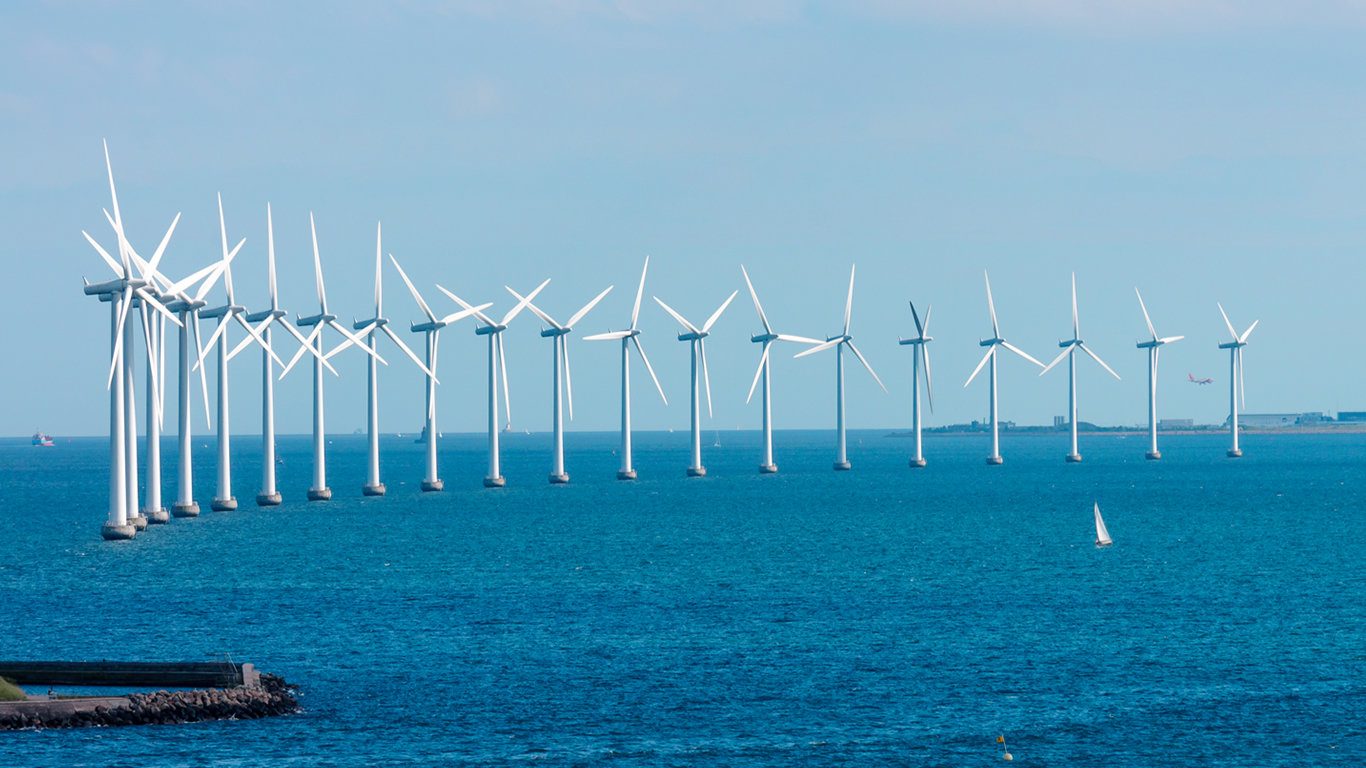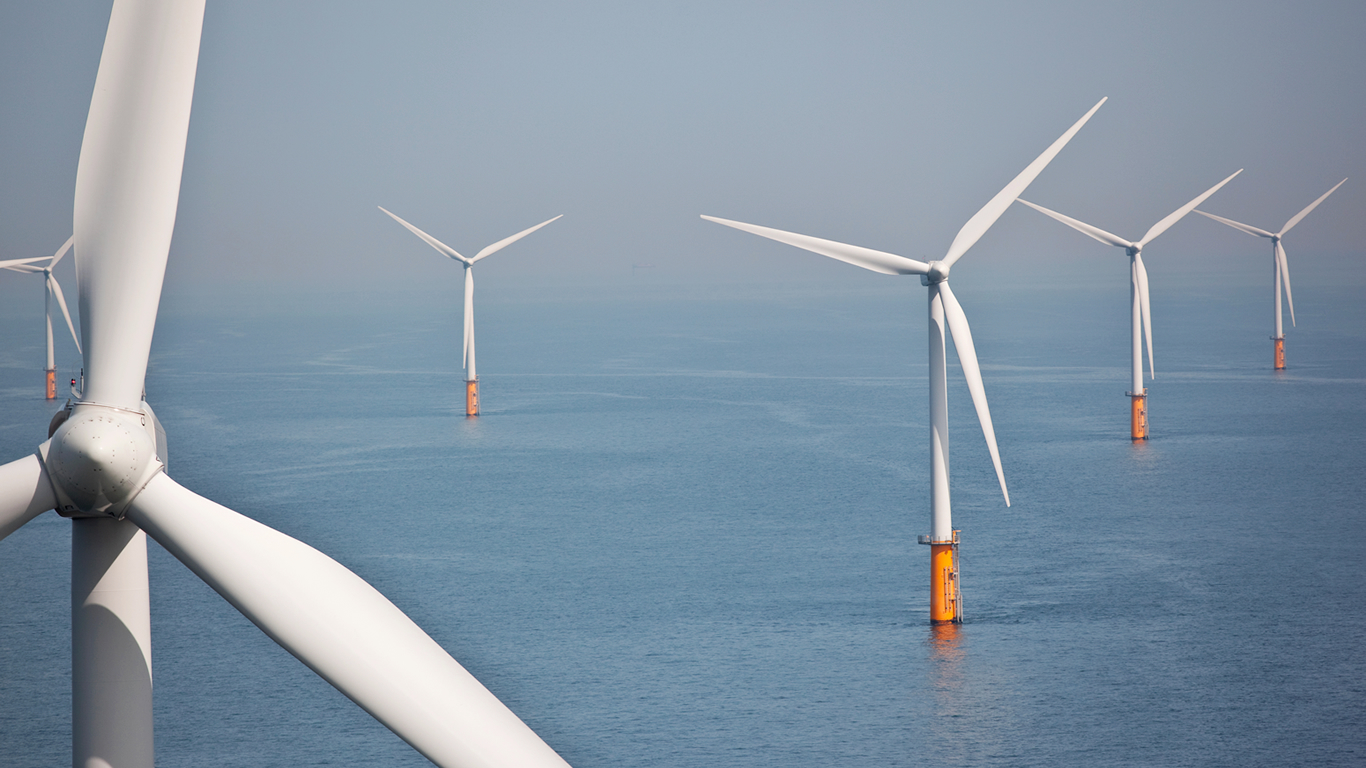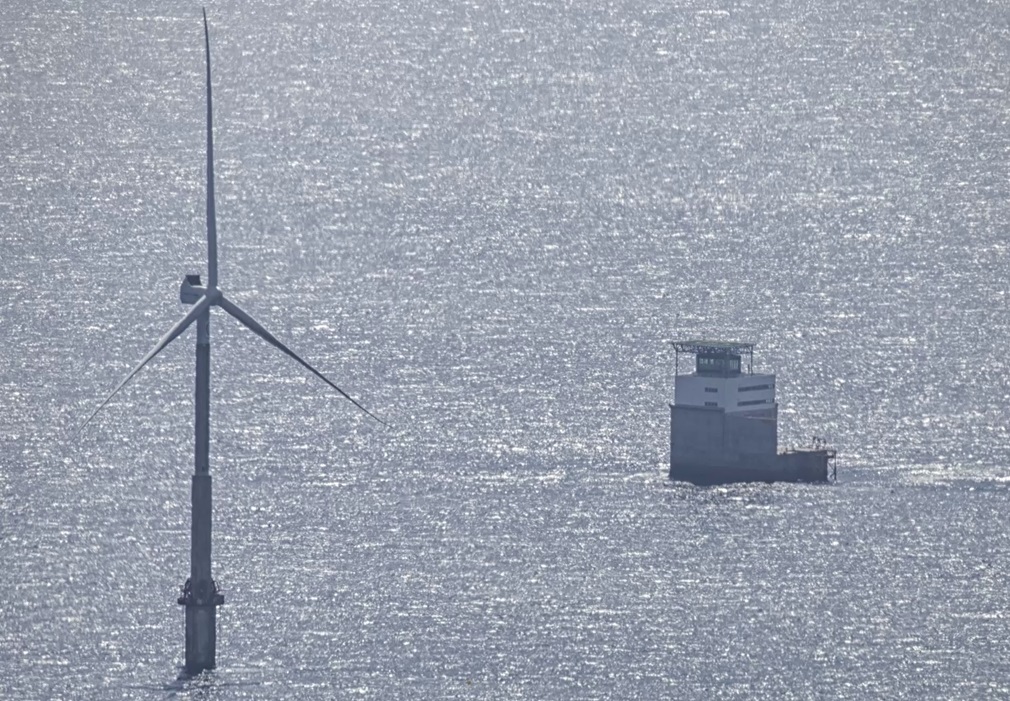La eólica marina es una fuente de energía ilimitada, limpia y renovable que se presenta como una alternativa que contribuirá a conseguir los objetivos de descarbonización
The Blue Growth Strategy adopted by the European Commission in 2012 recognizes the importance of the seas and oceans as engines of the European economy. This strategy considers marine energy, called "Blue Energy", as one of the priority areas to provide sustainable growth. Offshore wind is an unlimited, clean and renewable energy source that is presented as an alternative that will contribute to achieving decarbonisation goals.
Offshore wind energy harnesses the force of the wind produced on the high seas to generate electricity. Its high potential and added socio-economic and environmental strategic value places it as one of the renewable sources called to play a crucial role in enabling a climate-neutral European economy to be achieved by 2050.
In 2030, annual offshore wind installation capacity could exceed onshore wind, and it is estimated to supply 14% of the electricity demand in the US.
Offshore wind installations have differentiated advantageous characteristics compared to onshore installations. The existing wind resource at sea is higher and more regular than on land, thus increasing the electrical generation of wind turbines with the same dimensions. Furthermore, the lower surface roughness in the sea requires a lower tower height compared to a terrestrial wind turbine.
On land, due to limitations associated with orography and transportation, unit powers are being consolidated around 5 MW for wind turbines, with a clear tendency to increase the rotor diameter for better use of the sites. At sea, which has fewer limitations when it comes to transporting the different components of the installation, the most recent offshore wind farms use wind turbines with unit powers greater than 8 MW, developing prototypes of up to 12 and 15 MW of power.
We can distinguish two main types of offshore wind technologies, structures mounted on fixed structures and floating structures. The main difference lies in the way the wind turbine is attached to the sea floor.
Marine wind turbines with fixed foundations:
Support structures with fixed foundations are structures mounted on the ocean floor and are classified according to the foundations used in their construction: as "monopile" (steel cylinder that supports the tower buried in the seabed), "support by gravity ”(concrete or steel platform that requires prior preparation of the seabed),“ jackets ”or“ tripod ”(structures with 3 or 4 anchor points). To date, all commercial offshore wind farms in the world ( of which around 80% are located in the seas of Northern Europe) have been made with these technological concepts of fixed foundation.
Marine wind turbines on floating platform:
Floating structures offer decisive opportunities for the offshore wind industry and open the door to new locations further from the coast which, with fixed foundation technology concepts, were technically and economically inaccessible. Now, the depth restriction comes from the laying of underwater electrical evacuation infrastructures, which reach hundreds of meters deep. Thus, the floating concepts allow wind turbines to be deployed in large offshore areas with greater wind potential in deep waters and also facilitating machine configurations within offshore wind farms.
Floating type support structures can be classified according to the anchoring system to the seabed: floating monopillar or “spar”, semi-submersible platform and tension support platform (TLP). Floating platforms allow the use of new techniques that minimize Potential environmental impacts compared to fixed designs, due to less invasive activity on the seabed during installation. And due to its own offshore location, the visual and acoustic impact is less than that of onshore wind farms.





